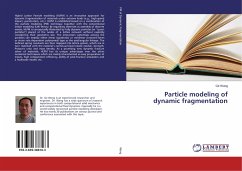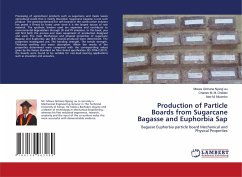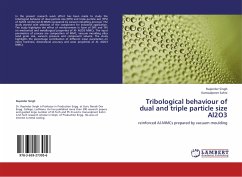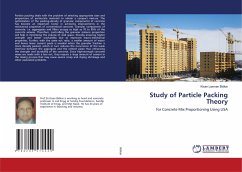Hybrid Lattice Particle modeling (HLPM) is an innovative approach for dynamic fragmentation of materials under extreme loads (e.g., high-speed impact, penetration, etc.). HLPM is established based on a combination of the particle modeling (PM) technique together with the conventional lattice modeling (LM) theory. By regarding materials as assembly of discrete media, HLPM is conceptually illustrated by fully dynamic particles (or "quasi-particles") placed at the nodes of a lattice network without explicitly considering their geometric size. The interaction potentials among the particles can employ either linear (quadratic) or nonlinear (Leonard-Jones or strain rate dependent polynomial) type as the axial/angular linkage. The defined spring constants are then mapped into lattice system, which are in turn matched with the material's continuum-level elastic moduli, strength, Poisson's ratio and mass density. As a promising new dynamic fracture solver of materials, HLPM has its uniqueadvantages over the other numerical techniques which are mainly characterized as easy preparation of inputs, high computation efficiency, ability of post-fracture simulation and a multiscale model, etc.
Bitte wählen Sie Ihr Anliegen aus.
Rechnungen
Retourenschein anfordern
Bestellstatus
Storno








